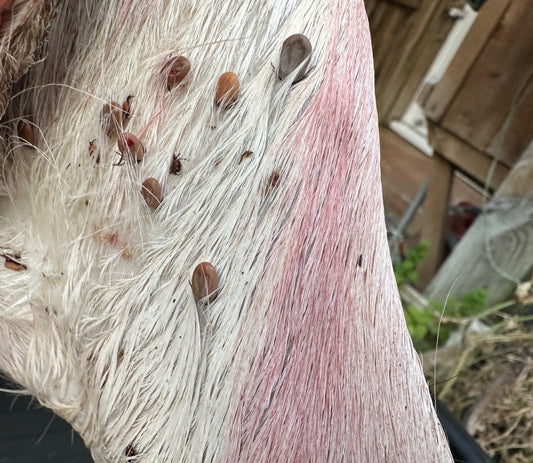At Wildscape Deer Management, we understand the profound value of well-maintained woodlands, not only for their aesthetic and ecological contributions but also for their economic and recreational significance. Achieving a balanced ecosystem requires the meticulous management of both the woodland itself and the deer populations that inhabit it. This blog post explores the necessity of integrating Woodland Management Plans (WMP) with Deer Management Plans (DMP) to ensure sustainable and responsible land stewardship.
Woodland Management Plan: A Foundation for Healthy Ecosystems
A Woodland Management Plan is a comprehensive strategy designed to maintain and enhance the health and productivity of woodland areas. Key components of an effective WMP include:
- Biodiversity Conservation: Ensuring a diverse range of plant and animal species.
- Sustainable Timber Production: Managing tree populations for continuous and profitable timber yields.
- Recreation and Public Access: Balancing public access with conservation goals.
- Habitat Restoration: Rehabilitating degraded areas to support wildlife and plant health.
- Climate Resilience: Preparing woodlands to withstand climate change impacts through species selection and management practices.
Implementing a WMP involves regular monitoring and adaptive management to respond to environmental changes and new scientific insights. However, no WMP is complete without considering the impact of local deer populations.
Deer Management Plan: Addressing a Crucial Factor
Deer, while an integral part of the woodland ecosystem, can pose significant challenges if their populations are not carefully managed. An overabundance of deer can lead to:
- Overgrazing: Excessive feeding on young trees and undergrowth, hindering forest regeneration and reducing biodiversity.
- Crop Damage: Impacting adjacent agricultural lands, causing economic losses to farmers.
- Ecosystem Imbalance: Disrupting habitats for other wildlife species and altering plant community compositions.
- Disease Transmission: Spreading diseases such as bovine tuberculosis, impacting livestock and other wildlife.
A Deer Management Plan is essential for mitigating these impacts. A DMP includes:
- Population Surveys: Regular assessments of deer numbers and health.
- Impact Assessments: Evaluating the extent of deer-related damage to woodlands and crops.
- Sustainable Culling: Implementing controlled hunting to keep deer populations at ecologically sustainable levels.
- Habitat Management: Creating environments that discourage deer overpopulation and distribute their grazing more evenly.
- Public Education and Engagement: Raising awareness about the importance of deer management and involving local communities in conservation efforts.
Synergising Woodland and Deer Management Plans
To achieve optimal outcomes, Woodland Management Plans and Deer Management Plans must be developed and implemented in tandem. This integrated approach offers several benefits:
- Enhanced Biodiversity: By controlling deer populations, the regeneration of diverse plant species is supported, fostering a healthier ecosystem.
- Economic Efficiency: Coordinated management reduces the economic impact of deer on forestry and agriculture.
- Improved Conservation Outcomes: Synergistic plans ensure that both woodland and deer management objectives are met, promoting ecological balance.
- Resilient Ecosystems: Well-managed woodlands are better equipped to adapt to environmental changes, providing stable habitats for wildlife.
At Wildscape Deer Management, we are dedicated to providing comprehensive deer management solutions that complement and enhance your Woodland Management Plans. Our team of experts is equipped to conduct detailed deer impact assessments, population surveys, and create bespoke management strategies tailored to your specific needs.
Sustainable woodland management is not achievable without addressing the impact of deer populations. By integrating Woodland Management Plans with Deer Management Plans, landowners can ensure the health and productivity of their woodlands, protect biodiversity, and mitigate economic losses.
If you are interested in exploring more detailed insights and practical tips on managing deer populations effectively, feel free to visit our blog at Wildscape Deer Management Blog. Here, you'll find a wealth of information tailored to help you navigate the complexities of deer management.





